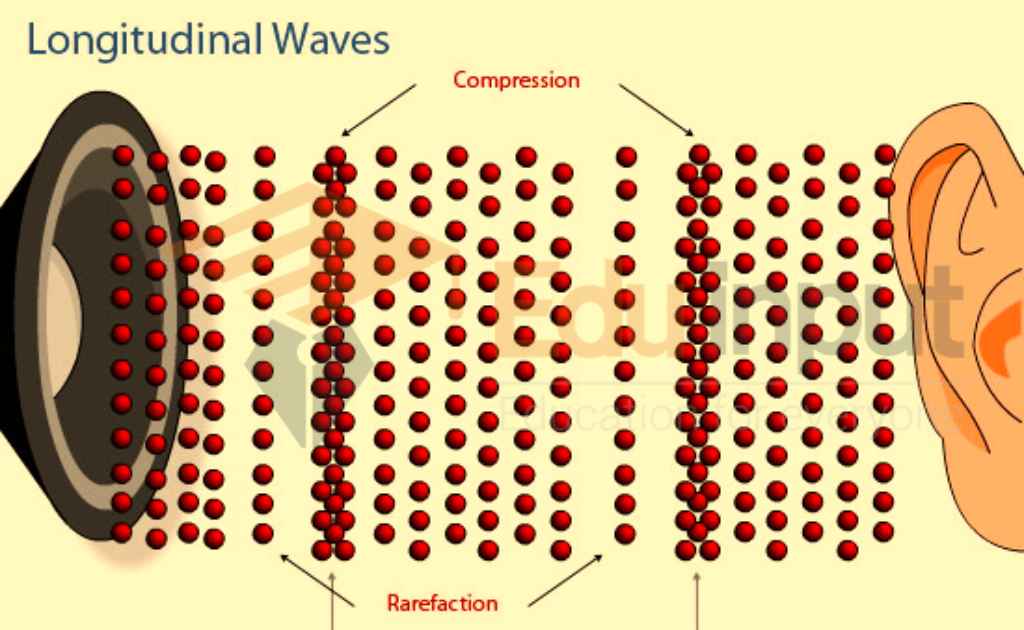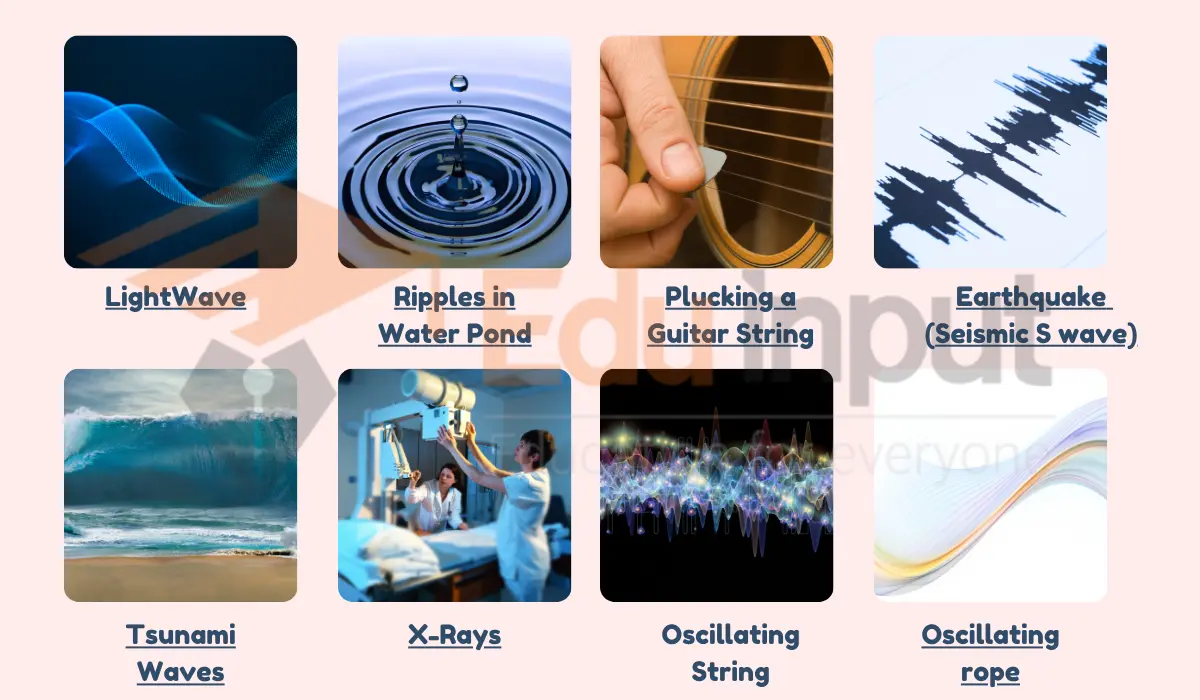How does the energy in a longitudinal wave move?
Energy in a longitudinal wave moves through a medium by causing the particles of the medium to vibrate back and forth in the same direction that the wave travels.pen_spark
To better understand this, let’s consider an example of a longitudinal wave in the air, such as a sound wave. When a sound wave is generated, it causes the air particles to compress and rarefy in a repeating pattern. As the particles compress, they gain potential energy.

This potential energy is then converted into kinetic energy as the particles are released and move back to their resting positions. As the particles rarefy, they lose kinetic energy, which is then converted back into potential energy as the particles move back toward their resting positions.
This transfer of energy from potential to kinetic and back again continues as the wave travels through the medium. At each point along the wave, the particles are exchanging energy with their neighboring particles, allowing the wave to propagate through the medium.
The energy in a longitudinal wave is transmitted parallel to the direction of wave propagation through the exchange of potential and kinetic energy between the particles of the medium.

 written by
written by 





Leave a Reply